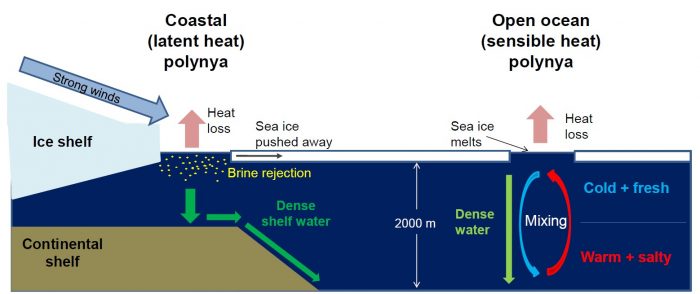Over the summer, I got excited… the Weddell Polynya was seemingly re-opening! ”The what?” asked my new colleagues. So today, after brief mentions in past posts, it is time to explain what a polynya is. Put it simply, a polynya, from the Russian word for “ice hole”, is a hole in the sea-ice cover. That means that in the middle of winter, the sea ice locally and naturally opens and reveals the ocean ...[Read More]
Image of the Week – Goodness gracious, great balls of ice!

At first glance our image of the week may look like an ordinary stoney beach…but if you look more closely you will see that this beach is not, in fact, covered in stones or pebbles but balls of ice! We have written posts about many different weird and wonderful ice formations and phenomena (e.g. hair ice or ice tsunamis) here at the EGU Cryosphere blog and here is another one to add to the l ...[Read More]
Image of the Week – Climate Change and the Cryosphere
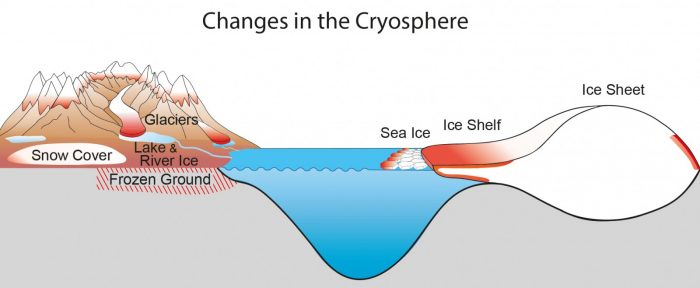
While the first week of COP22 – the climate talks in Marrakech – is coming to an end, the recent election of Donald Trump as the next President of the United States casts doubt over the fate of the Paris Agreement and more generally the global fight against climate change. In this new political context, we must not forget about the scientific evidence of climate change! Our figure of the week, tod ...[Read More]
Image of the Week – Inside a Patagonian Glacier
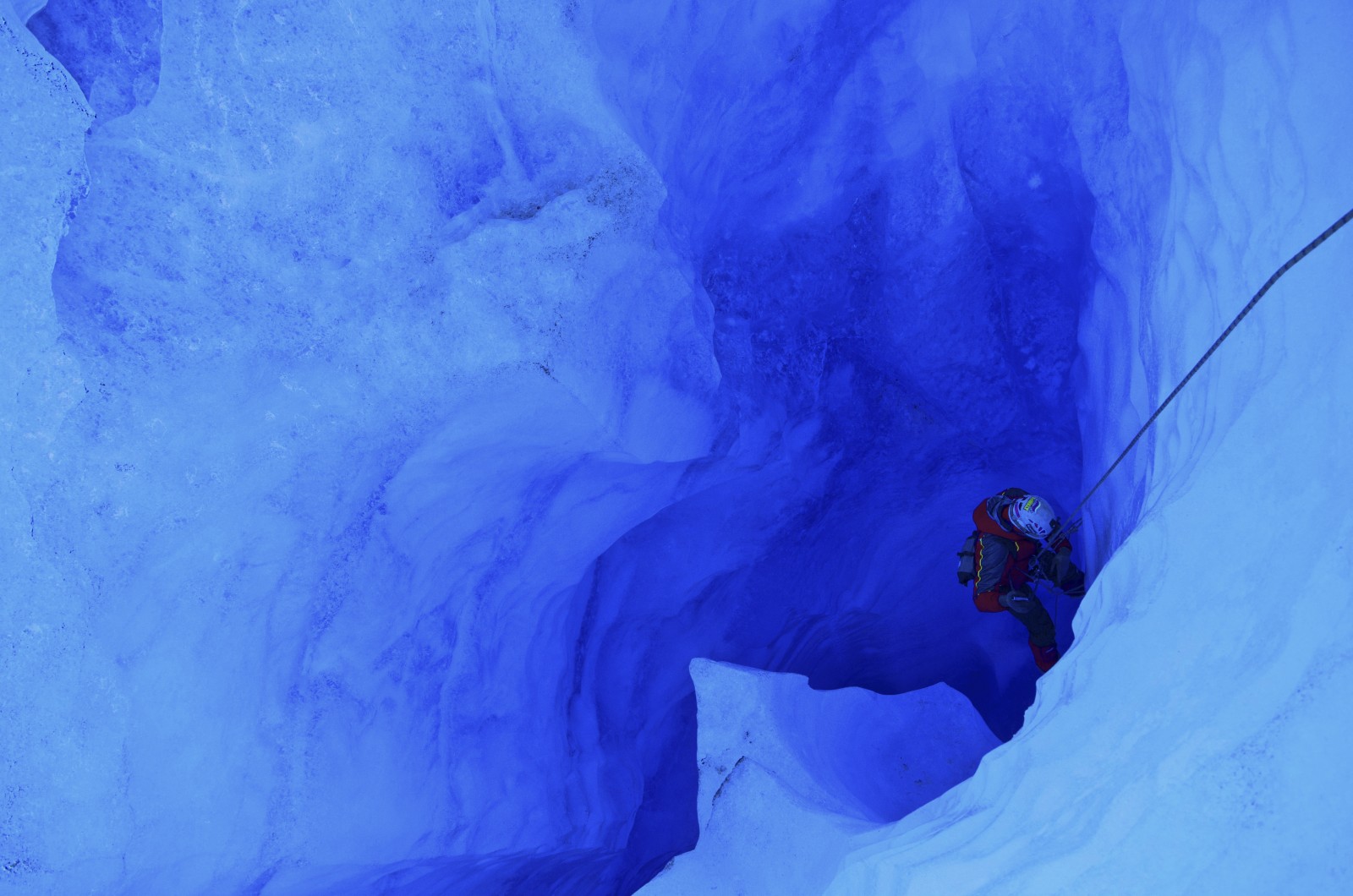
Chilean Patagonia hosts many of the most inhospitable glaciers on the planet – in areas of extreme rainfall and strong winds. These glaciers are also home to some of the most spectacular glacier caves on Earth, with dazzlingly blue ice and huge vertical shafts (moulins). These caves give us access to the heart of the glaciers and provide an opportunity to study the microbiology and water drainage ...[Read More]
Image of The Week – Plumes of water melting Greenland’s tidewater glaciers
Loss of ice from The Greenland Ice Sheet currently contributes approximately 1 mm/year to global sea level (Enderlin et al., 2014). The most rapidly changing and fastest flowing parts of the ice sheet are tidewater glaciers, which transport ice from the interior of the ice sheet directly into the ocean. In order to better predict how Greenland will contribute to future sea level we need to know mo ...[Read More]
Image of the Week — Listening to the Snow
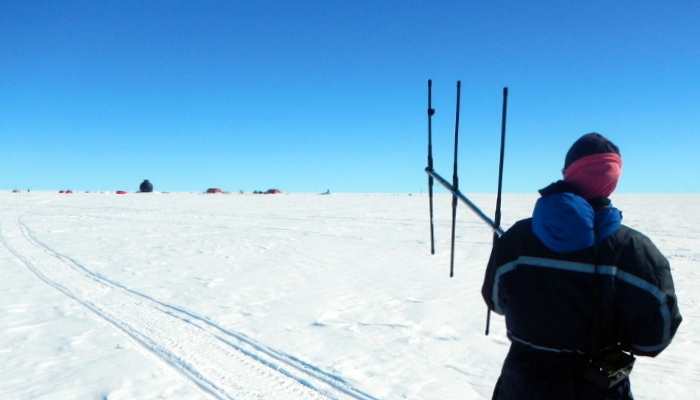
When working in the middle of an ice sheet, you rarely get to experience the amazing wildlife of the polar regions. So what are we doing hundreds of kilometres from the coast with an animal tracker device? We are listening to the snow of course! It is not crazy; It is what Image of the Week today is all about! Going Wireless In June 2016, Liz Bagshaw and I travelled to the EGRIP (East Greenland Ic ...[Read More]
Image of the Week – The Polar Hole!
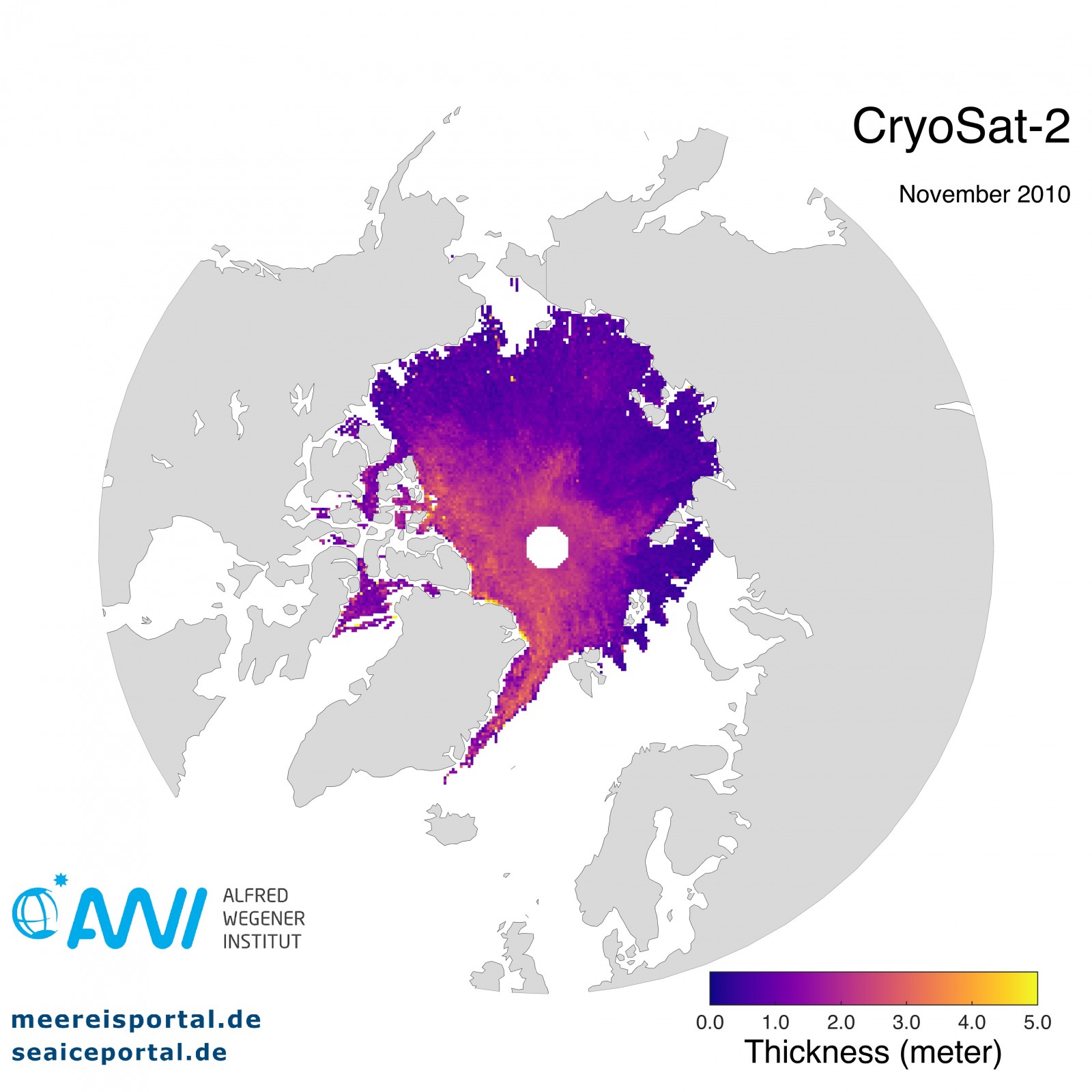
Have you ever stumbled upon a satellite picture showing observations of the Arctic or Antarctic? You often see a circle where there is no data around the exact location of the geographic pole – as you can see in our Image of the Week. A few days ago, I wanted to explain this to one of my friends and turned to my favourite search engine for help. My search turned up a tremendous amount of sto ...[Read More]
Image of the Week — FRISP 2016
The Forum for Research into Ice Shelf Processes, aka FRISP, is an international meeting bringing together glaciologists and oceanographers. There are no parallel sessions; everyone attends everyone else’s talk and comment on their results, and the numerous breaks and long dinners encourage new and interdisciplinary collaborations. In fact, each year, a few presentations are the result of a previou ...[Read More]
Image of The Week – Prize Polar Pictures!
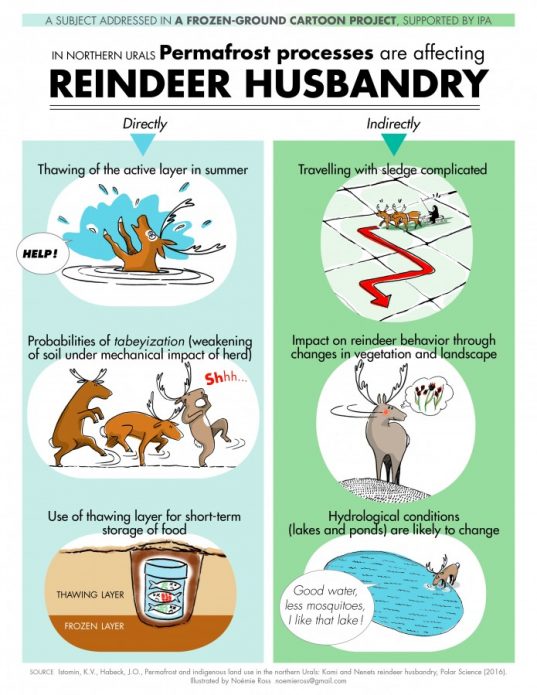
Last week was the Fall APECS International Polar Week, designed to promote and celebrate the great collaborative science that goes on around the world to further our understanding of the polar regions. Part of this celebration was a figure competition, to find the most “eye-catching, informative and inspiring” figures that illustrate aspects of polar science. What better, we thought, t ...[Read More]
Image of the Week — ice tsunamis !
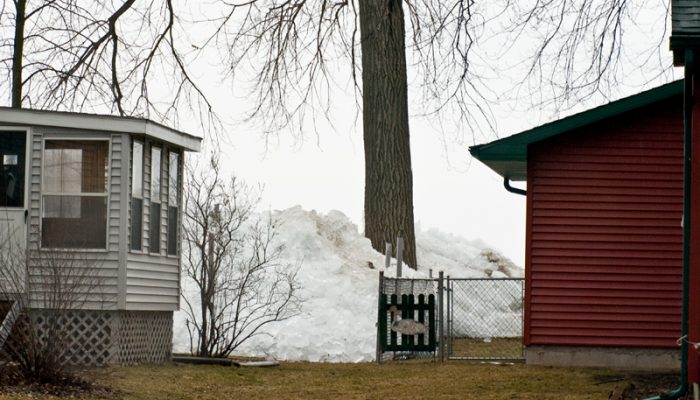
“Tsunami“ is a word that became world famous after the so-called Christmas tsunami in 2004, when enormous waves hit the shores around the Indian Ocean with disastrous consequences for countries such as Sri Lanka, Thailand, Somalia and many others. But did you know that tsunamis can be icy? An ice tsunami is one of the many names associated with ice shoves (or ivu, shore ice override, i ...[Read More]

